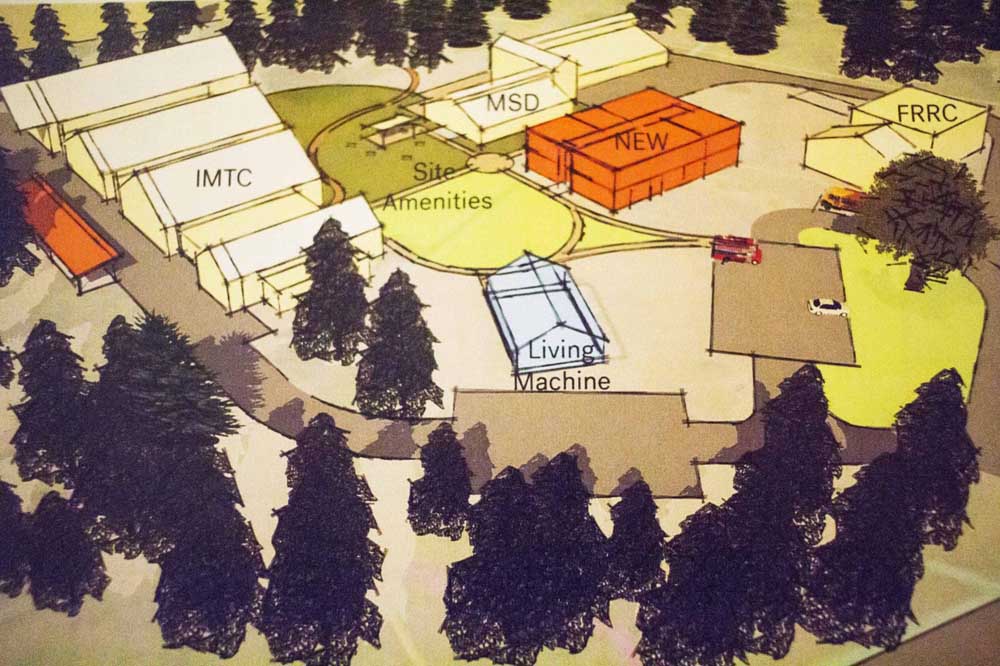College considers options amid lower enrollment during pandemic
Published 3:06 pm Monday, November 23, 2020

- Plans for a new maritime sciences building are on hold.
The creation of a new maritime sciences building, as well as several other larger projects in the works at Clatsop Community College, are on hold because of the coronavirus pandemic.
The college had launched a multimillion dollar capital campaign for the maritime sciences building project, hoping to expand on existing facilities and programs. But now is not the time to ask certain donors for money, said Chris Breitmeyer, the college president.
The good news, he said, is that the design work is complete. Though the college’s board will need to discuss soon whether to proceed with the building in the near term, “whenever we’re ready to proceed with that project, it’s shovel ready.”
There are other things for the college to consider as the pandemic continues.
The college has seen a dip in revenue from tuition and fees and lower enrollment as departments conduct the majority of classes online. Students appear to be putting their education on hold to deal with work and family issues.
Across the state, other community colleges reported similar declines. Recent enrollment data from Oregon’s Higher Education Coordinating Commission show that the overall headcount of students dropped by 23% across the state’s two-year institutions.
At Clatsop Community College, the drop was even more dramatic: Overall headcount is down by 75%, according to administrators.
But that number does not tell the full story, Breitmeyer said. Lack of enrollment in the college’s many noncredit community classes also affects the overall picture, he said. The college’s main concern when it looks at enrollment figures is the number of full-time students. That number is down closer to about 30%, Breitmeyer said.
The college took steps early on to make up for possible budget shortfalls and Breitmeyer is confident the institution can weather coronavirus-related impacts in the short term.
Still, he added, “This level of drop isn’t sustainable for us.”
The college has seen the decline most among its older male students — men in their late 20s through 40s — enrolled in career technical education courses for subjects like welding or automotive.
“A lot of those are people that come back to us for retraining in those industries, specifically in the maritime industry,” Breitmeyer said.
The college is in the middle of an outreach effort to connect with students and better understand the barriers to continuing with their education. Early indications confirm what most would suspect given the specific pressures of the pandemic: Many people are trying to figure out how to juggle work with children who are doing much, if not all, of their schooling at home.
The college plans to continue refining the way it offers classes into the next term in light of these challenges. By the fall term, Breitmeyer hopes to see a rebound in student numbers. He said the college appears to be keeping the students it does have. Term-to-term persistence is up.
On the horizon are college board discussions about what it means if online learning must continue to be the norm for the long term and what that means for everything from the student experience to the budget.
The college is in the middle of a program prioritization process, with departments filling out surveys about how much is spent on certain programs, the revenue those programs bring in and student engagement and community benefit among other questions. The process is essentially trying to answer the question of why a program exists. It is a process institutions often go through when they are under stress and looking to make cuts.
“I don’t know that we’re in that place now,” Breitmeyer said. But if they do reach that point, he added, they’ll be able to make measured and informed decisions.





